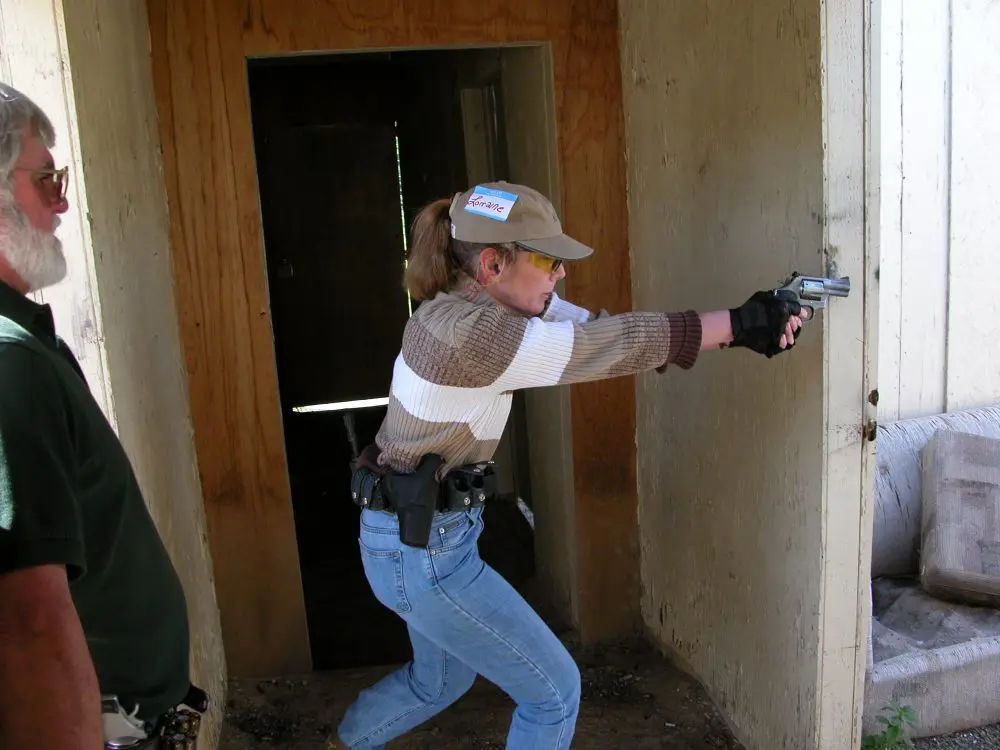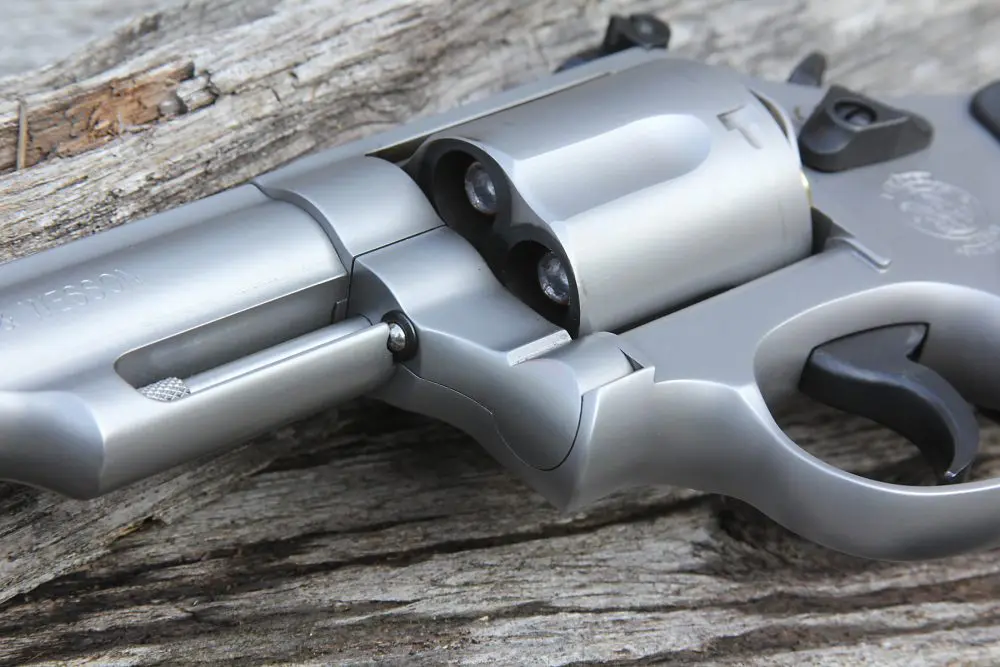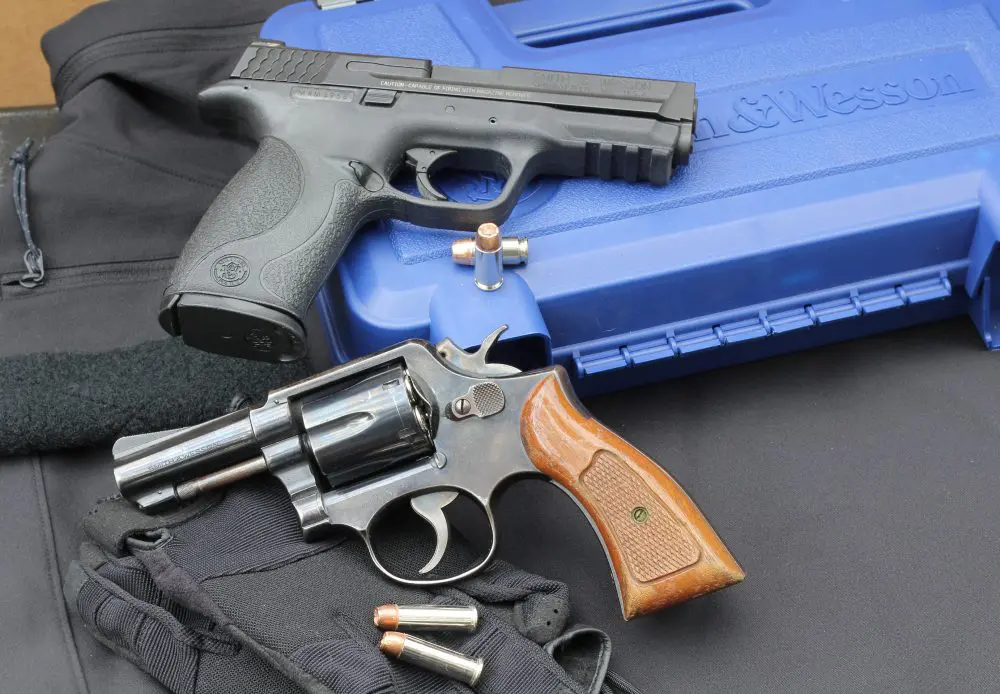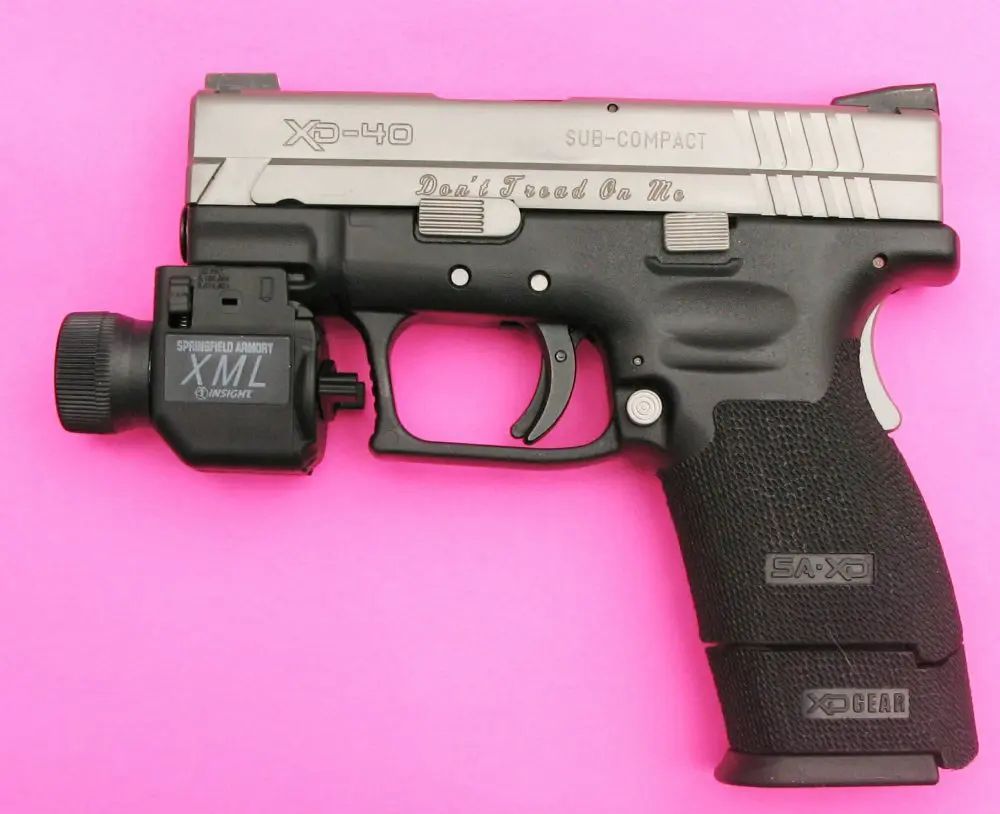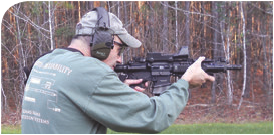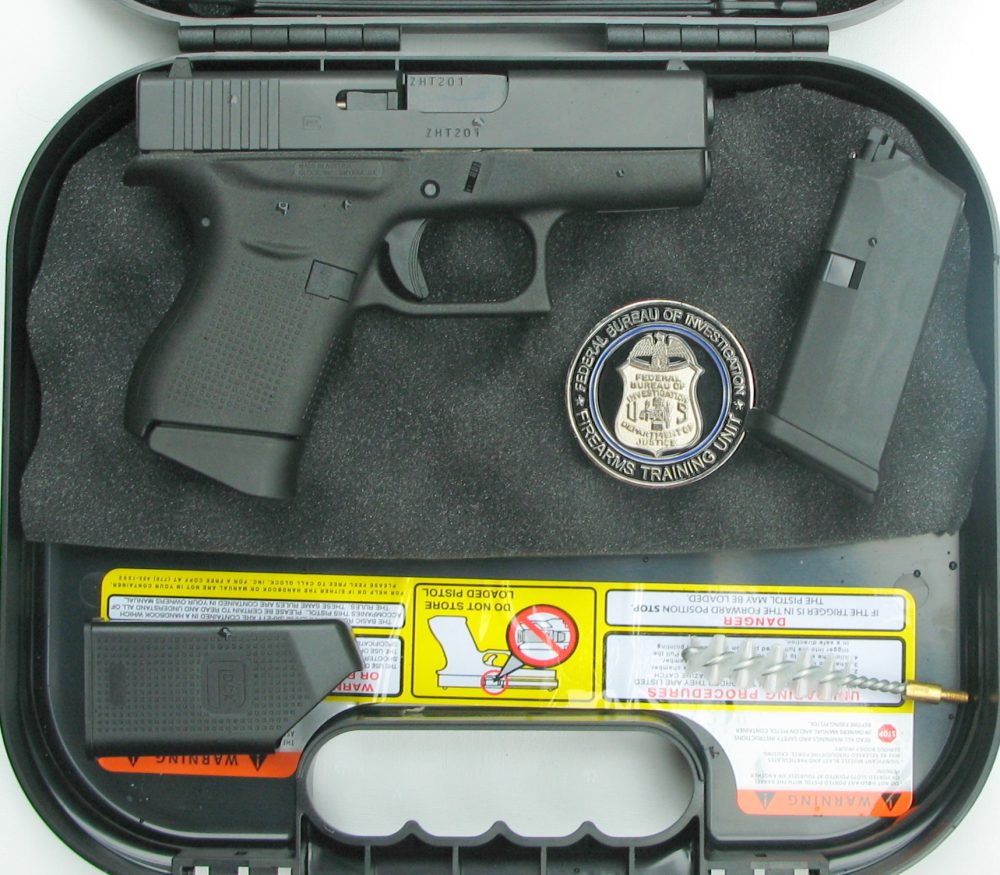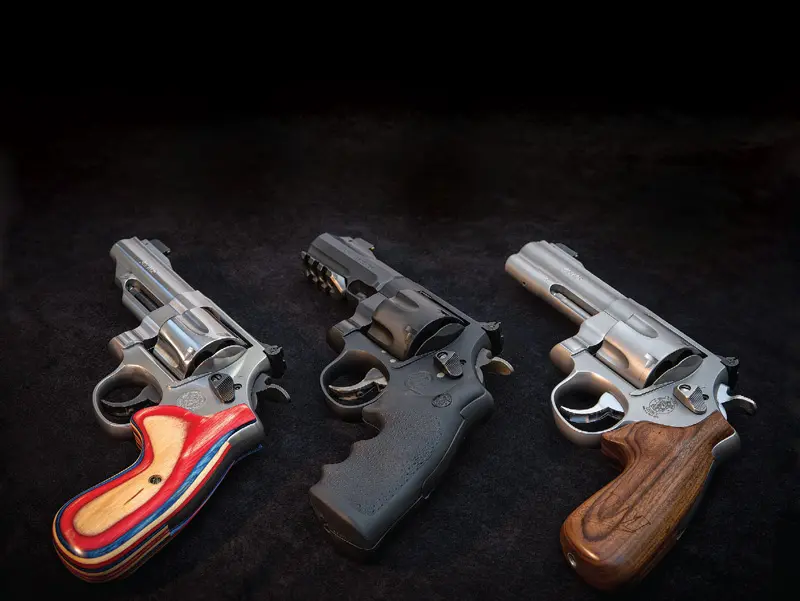
Smith & Wesson has a longstanding reputation for building solid, dependable revolvers. They make them for any conceivable purpose for which you might select a revolver. Several of them can fulfill multiple roles, and S&W typically lists the intended applications for each gun on their website.
S&W currently offers three .45-caliber revolvers that excel at their listed purposes—and then some. The guns I’m referring to are the Models 625, 625JM (Jerry Miculek), and 325 Thunder Ranch. They’re built on the large N-Frame with four barrels and chambered for .45 ACP. The Models 625 & 625JM have stainless steel frames and cylinders and weigh 42 and 40.3 ounces respectively. S&W lists the purposes of the 625s as competition, recreation, and home protection. The Model 325TR has a scandium alloy frame that reduces its weight to 31 ounces. Its listed purposes are recreation, home protection, personal protection, and collector interest.
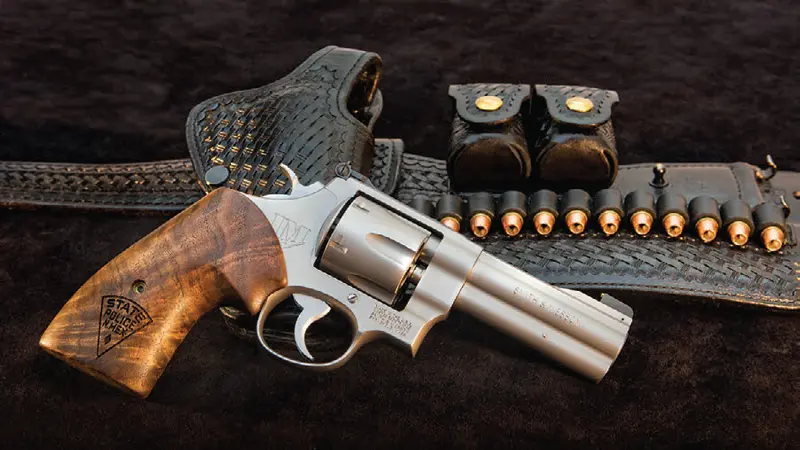
Table of Contents
IDEAL FOR COMPETITION
The 625s are certainly “go-to” guns for competitive revolver shooters. IDPA established a new class for them because of the advantage they give when reloading with full-moon clips. Round-nosed cartridges in moon clips generally load faster than speedloaders—particularly so with short cases like .45 ACPs. With the chamfered chambers of the 625s, you can almost toss the moon-clipped .45 rounds at the cylinder and they’ll fall home. Practiced 625 shooters can challenge semi-auto reloading times.
Shooting light .45 ACP target ammunition through a 40-ounce revolver designed for magnum cartridges has great appeal for competitive shooters. Light loads that don’t generate enough energy to function in semi-autos work fine in a revolver. The lack of recoil produced by typical .45 ACP ammo qualifies these guns for recreational purposes, too.
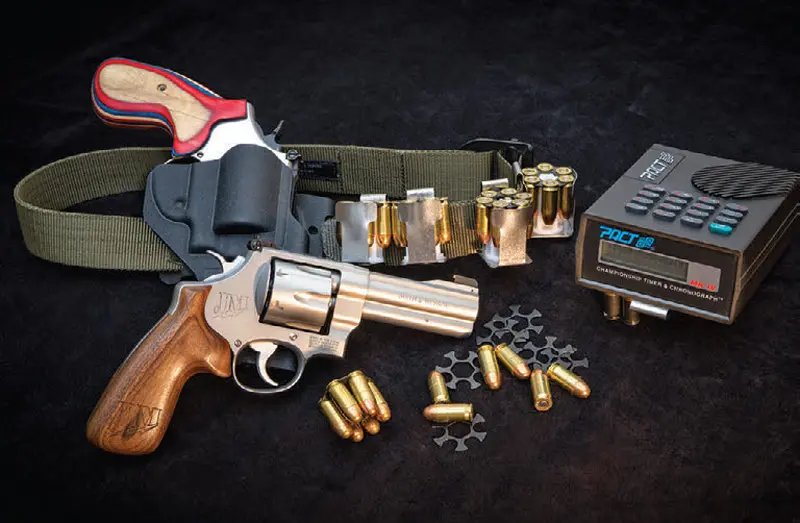
Even with factory ammunition, they’re much more fun to build piles of empty brass with than a four-inch 629 .44 Magnum (and a lot cheaper). A heavy revolver shooting gallery loads is a handgun that most people can enjoy shooting and building proficiency with without getting beat up.
HOME PROTECTION
These revolvers are sound choices for home protection by virtue of the .45 ACP round they chamber. The .45 was good to start with; modern ammunition makes it better. Bonded hollow-points like Speer’s Gold Dot come to mind, as do the excellent solid copper TAC-XP projectiles made by Barnes. JHPs with the polymer ball in the point, like Hornady Flex Tip and Corbon Pow’RBall are also noteworthy. Whether they carry one or not, few people will argue with the effectiveness of the .45 ACP as a fighting round.
The 325TR was built to Clint Smith’s specifications, and it definitely has collector appeal. But it would be shameful to buy one and condemn it to safequeen duty, keeping it new and unfired. Clint designed this gun to be used.
I often pack a skinny-barrel Model 10 .38 as a carry gun. The 325TR weighs one ounce more than my little K-Frame .38. With thoughtful holster selection and the right stocks, the 325 is a viable carry gun for personal protection such as S&W advocates.
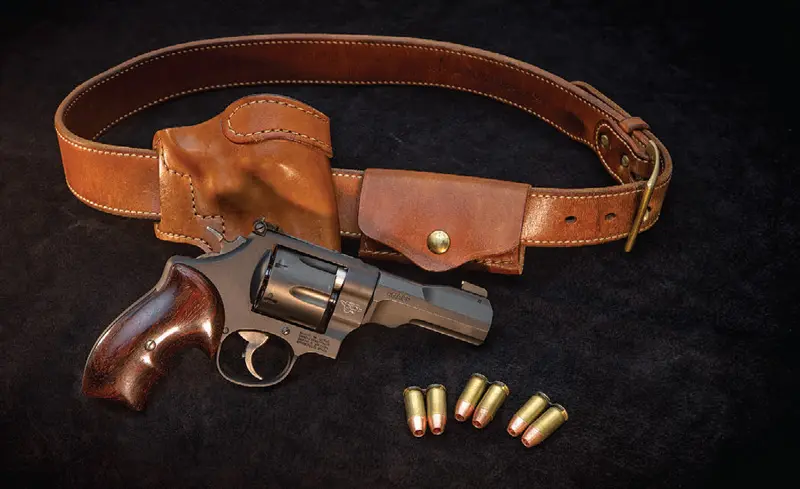
It ships with a Picatinny rail that bolts on the bottom of the barrel shroud for installing a white light like we’re accustomed to with striker-fired autos. This adds to the 325’s usefulness as a home-defense gun. All three of these guns have an excellent post front sight with a gold bead. They use the “DX” type front sight that’s easy to change if the gold bead doesn’t agree with you.
Theoretically, loose .45 ACP rounds can be single loaded and fired. The chambers have a shoulder that lets the rounds headspace off the case mouth. If the cases are a little short or heavily crimped, light hits may result with ACP rounds that aren’t moon clipped. The rimless ACP round doesn’t give the extractor star enough rim to grab, and empties have to be poked or plucked out. Using moon clips with .45 ACP ammo guarantees primer ignition and reliable ejection.
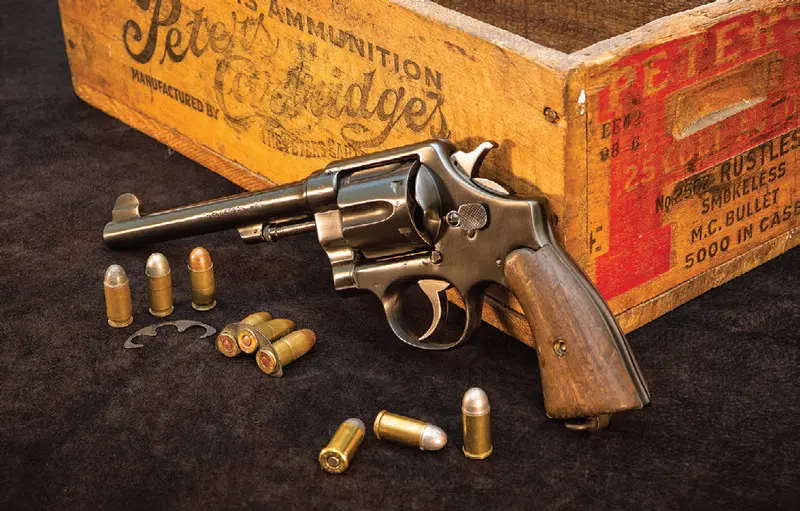
.45 AUTO RIM
S&W no longer mentions that these guns also chamber the .45 Auto Rim. If you’re unfamiliar with the Auto Rim, it’s like a .45 ACP cartridge with a very thick “revolver cartridge” rim. It was invented in the 1920s to avoid using half-moon clips in surplus 1917 S&W and Colt .45 ACP revolvers.
Back then, most folks viewed the half-moon clips as a nuisance. They were difficult to snap cartridges into and hard to remove empty cases from without damaging the clips. The Auto Rim cartridge allowed the 1917s to function like “normal” revolvers.
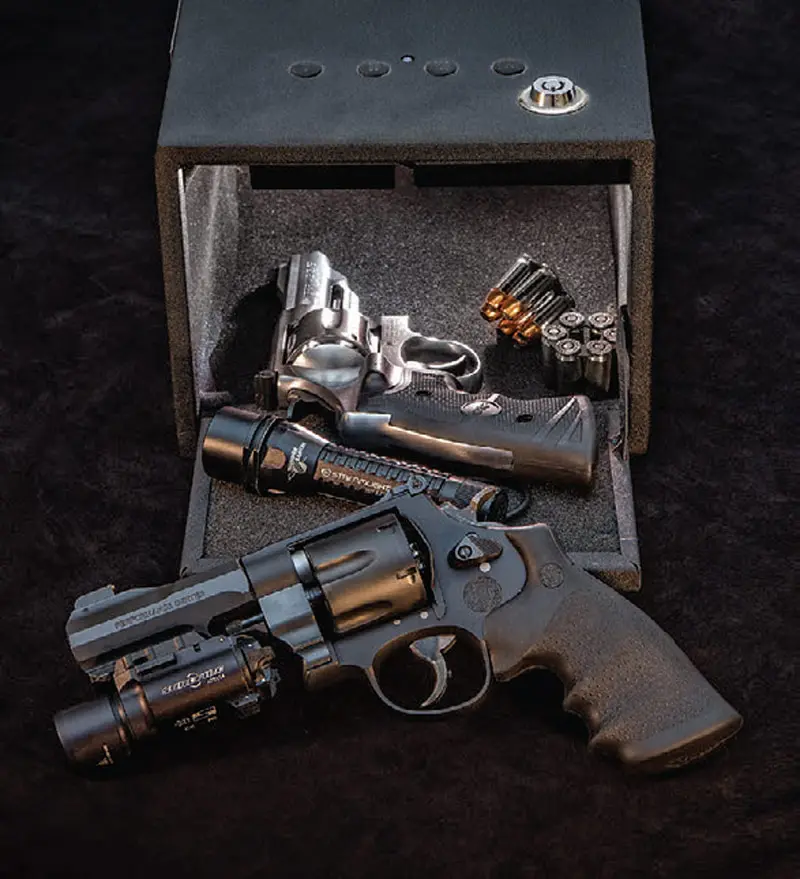
Modern full-moon clips are much better, and tools now exist to make them easier to load and unload. Some still prefer the ease of loose rounds, especially when they need to top off a partially empty revolver. If the ammo is moon clipped, the entire clip must be dumped to insert a fresh one. Using Auto Rim ammunition avoids that and expands the versatility of the gun.
SUPERIOR FIELD GUNS
S&W doesn’t list “superior field gun” as a purpose for any of the three, but that’s exactly what they are when appropriately loaded. Don’t confuse field gun with hunting gun. They’re not a good choice for a primary hunting handgun, where shots are measured in hundreds of yards. But as a sleeping-bag gun in rough country where shooting distances will be “across the tent,” they’re powerful enough. Unless that sleeping bag is unrolled in Africa or Alaska, the .45 ACP/AR suffices.
John Linebaugh has created handgun cartridges (.475 Linebaugh, .500 Linebaugh) that will harvest any mammal on earth. His everyday gun is a .45 Colt loaded with 260-grain Keith bullets at 900 fps. His carry load has harvested plenty of game efficiently with complete penetration inside 100 yards. He reminds us that the only constants we have in external ballistics are caliber and bullet weight. Linebaugh further observes that handgun velocity doesn’t buy you power, but rather gets you trajectory and range.
Ross Seyfried spoke the same wisdom when S&W introduced the .44 Magnum Mountain Gun in 1989. He opined that a 250- to 300-grain bullet traveling at 800 to 1000 feet-per-second (fps) would be serious, but mild-mannered medicine from a lightweight revolver.
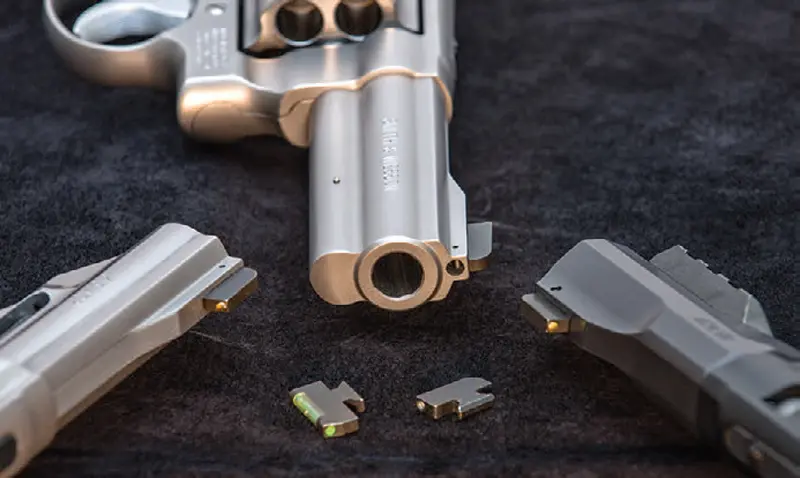
THUMPERS
Seyfried coined the term “thumpers” for these loads, and gave the blueprint for suitable projectiles. He recommended heavier than standard Keith bullets or Veral Smith’s LBT design. LBTs are typically offered in a Long Flat Nose and a Wide Flat Nose. For the ranges they’ll be deployed at, the ballistic advantage of the LFN isn’t as desirable as the wider meplat of the WFN. The meplat of these bullets produces maximum shock, wider permanent wound channels, and deep penetration.
The Keith design and the LBT put a lot of the bullet’s weight up front. This aids in straight penetration and prevents yawing in tissue or deflecting on bone. These bullets don’t require high velocity to be effective. Seyfried thought the .45 Colt would be superior to the .44 Magnum for this type of load.
Standard pressure .45 Colt performance can be realized with the .45 Auto Rim—at less pressure than a +P .45 ACP. The Auto Rim can be reloaded with .45 ACP dies with a few considerations. The fat rim of the AR requires its own shell holder. The .45 ACP seater die is designed to apply a taper crimp for chamber index in semi-autos.
LBT and Keith bullets have a deep crimping groove, and a roll crimp is preferable to prevent bullets jumping crimp in recoil. A .45 ACP/AR roll crimp seater die can be special ordered and gives better results with thumpers. Hodgdon Universal Clays is well suited for this application. It achieves desired velocities and is extremely consistent in the Auto Rim case.
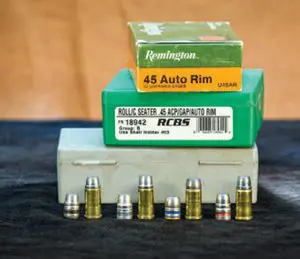
A 250- to 280-grain cast bullet at around 900 fps is the sweet spot. Ample power (Sasquatch fears thumpers), but recoil is tolerable enough to shoot it well. Loads in this range aren’t overly hard on the shooter or the gun. Hats off to Linebaugh and Seyfried.
.45 GAP ROUND
Another fact S&W doesn’t use as a selling point is that these guns shoot the .45 GAP round. I tried shooting .45 GAP rounds in a 625 and they worked well. The .45 GAP is actually more efficient than the .45 ACP. It tends to shoot similar bullet weights faster than the .45 ACP in the same revolver. I’ve measured both with a chronograph on two occasions, and my findings bear this out. Not really scientific, but interesting nonetheless.
Moon clips are mandatory to headspace the .45 GAP round, as it’s too short to function without them. The rebated rim on GAP rounds is thinner than the ACP, so they’re easier to install and remove from ACP moon clips. They won’t stay in the moon clips as reliably as .45 ACP rounds if handled roughly, but work fine with a little care.
Keep an eye on the chambers if you shoot quantities of GAP ammo, as it may cause a carbon ring like .38s leave in a .357 chamber. Buildup can make chambering .45 ACP rounds pesky if permitted to accumulate.
The shorter GAP round is even faster to reload with than ACP ammo with moon clips. As a bonus, you can stack two GAP-loaded moon clips into most pouches designed for an N-Frame speedloader. This fact seals the deal on one more purpose—any of these revolvers would work as a duty sidearm.
These three S&W revolvers shoot proven, effective rounds and can be reloaded fast with full-moon clips. Enough spare ammunition can be carried that they don’t give up much to a self-loader. These revolvers come as close as anything does to being “allpurpose” handguns.
